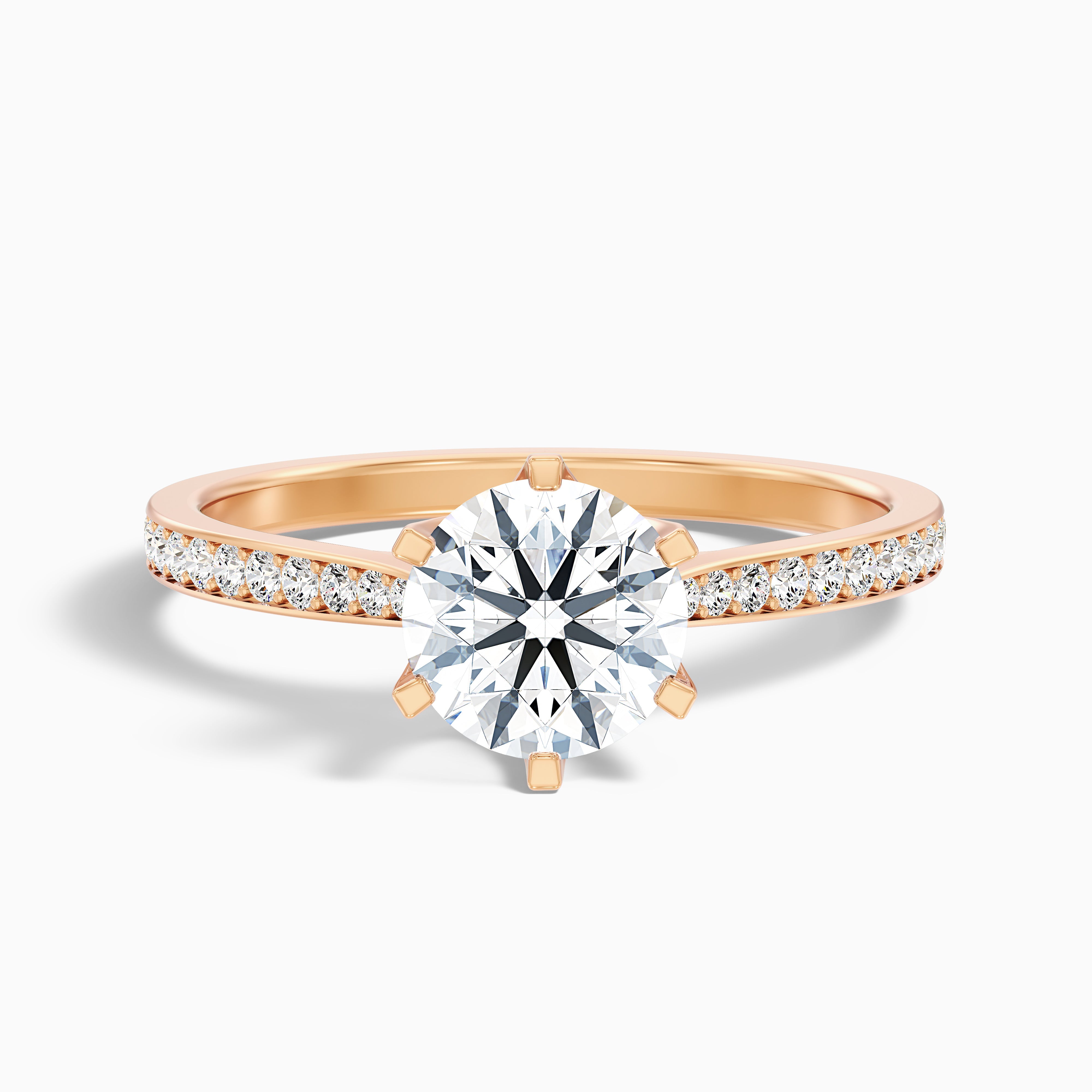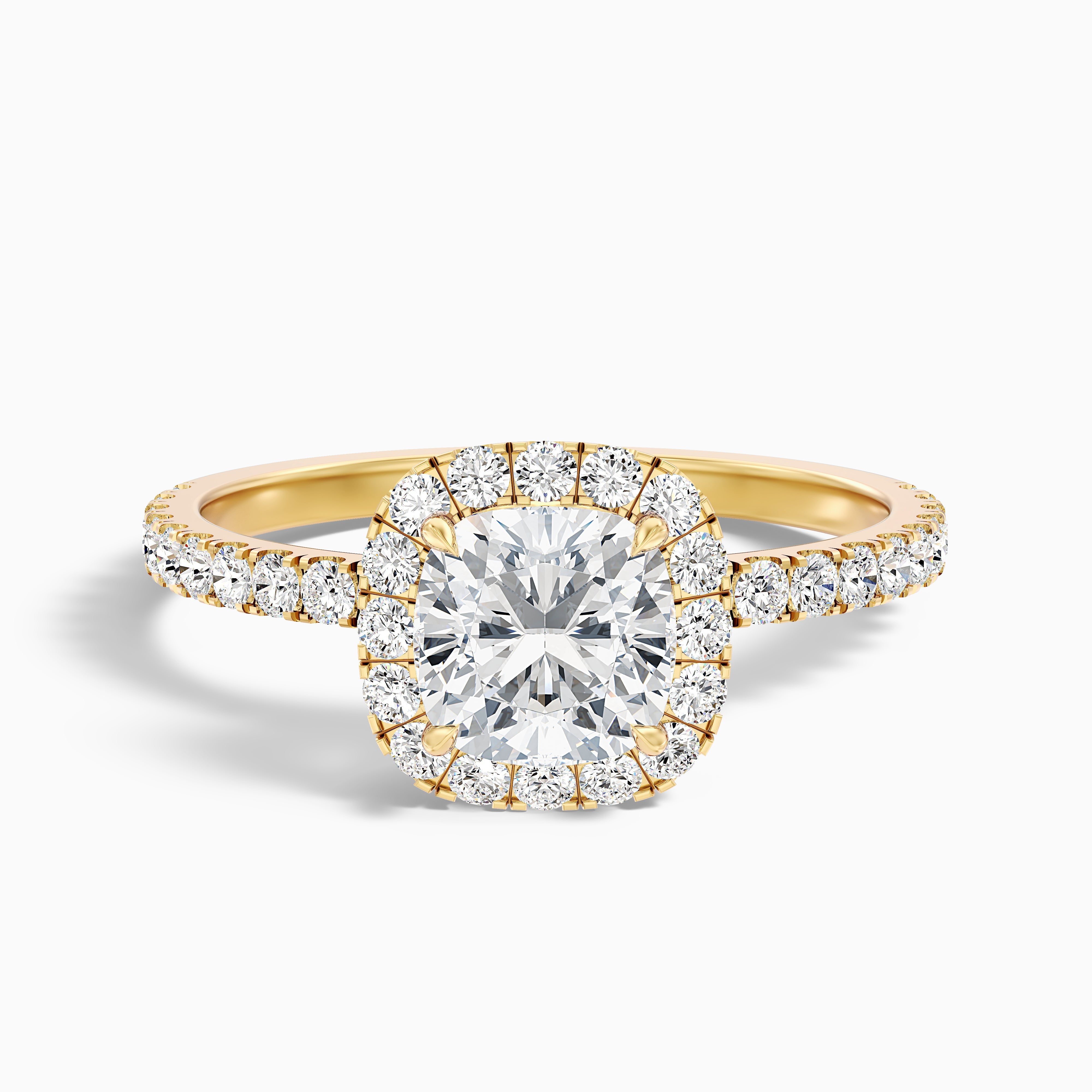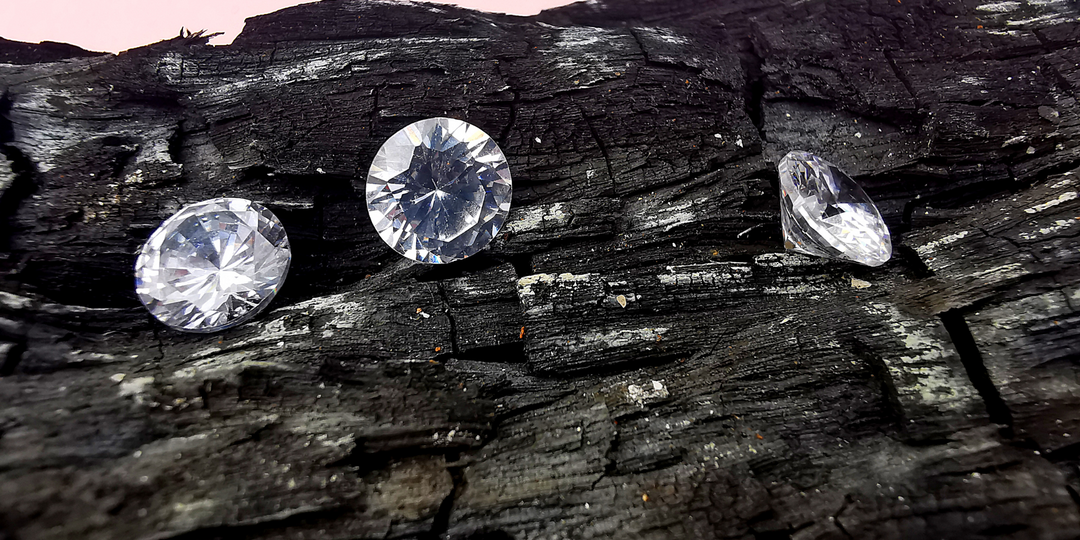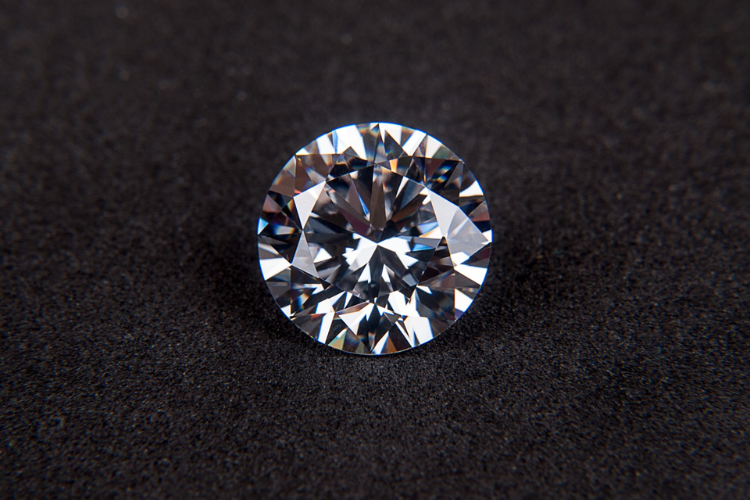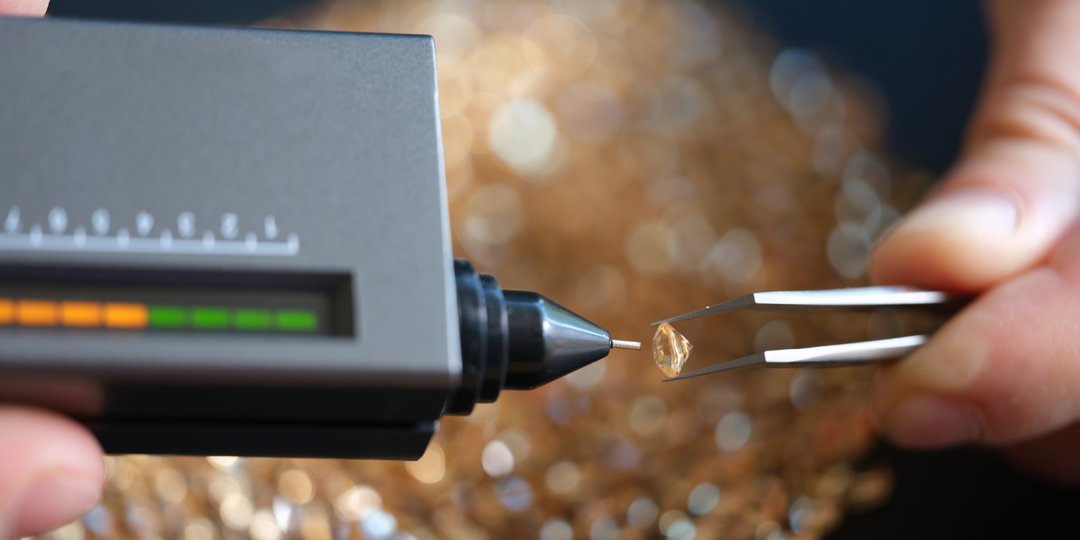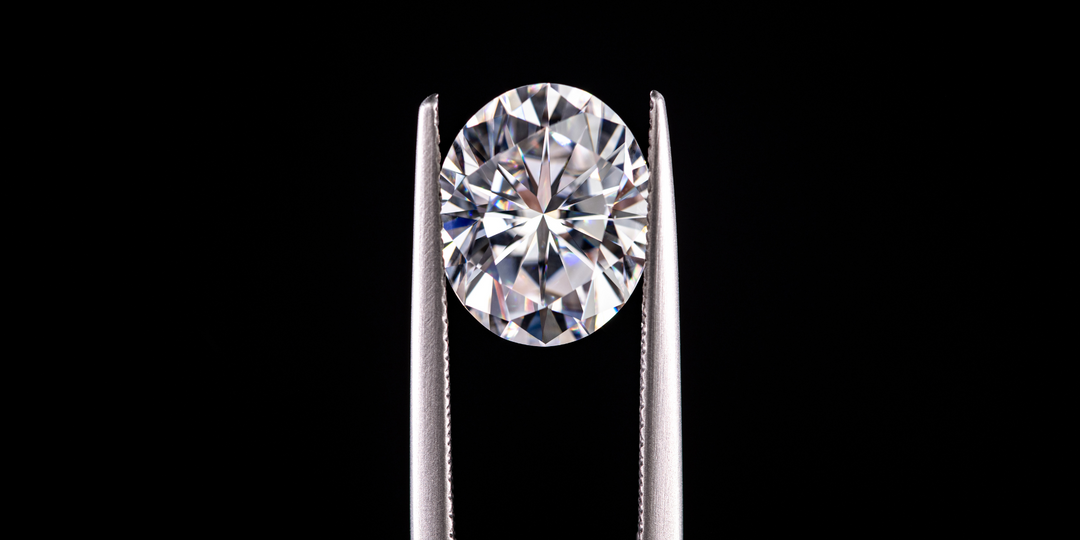A Guide to the History of Lab Grown Diamonds
Diamonds have always been seen as symbols of luxury and love, but nowadays, more people are thinking about the environment and ethics, leading them to prefer lab grown diamonds. This shift is catching the eye of eco-conscious folks, jewelry lovers, and sustainability advocates.
In this blog post, let's dive into the fascinating history of lab grown diamonds, from how they started to where they're headed. We'll also chat about the technology behind these gems, how they've become more popular, and what the future holds for this sparkling industry.
The Breakthrough: When were lab diamonds first created?
The Journey to Lab Grown Diamonds
While the creation of lab grown diamonds in 1954 was a major breakthrough, the pursuit of synthetic diamonds dates back much further. Scientists have been intrigued by the idea of creating diamonds in a laboratory since the 18th century. However, it wasn't until the mid-20th century that the necessary technology and understanding of diamond formation became available.
Key milestones in the development of lab grown diamonds:
- 1797: Scientists discover that diamonds are composed of pure carbon.
- 1940s: GE begins research on creating diamonds in a laboratory.
- 1954: GE successfully produces the first lab grown diamonds using a high-pressure, high-temperature (HPHT) method.
- 1970s: Gem-quality lab grown diamonds become available.
- 1980s: High-quality lab grown diamonds become commercially available.
Initially, these diamonds were meant for industrial use because they’re super hard and durable—perfect for cutting, grinding, and drilling.
Back then, the main goal was to produce diamonds for the manufacturing and tech industries. These synthetic gems were game-changers, providing a cheaper and more efficient alternative to natural diamonds for tools and machinery. This success was a big deal and paved the way for more advancements in diamond-making.
Even though the initial focus was industrial, it didn’t take long to realize lab created diamonds could be used in jewelry too. That early achievement set the stage for developing new tech that eventually produced diamonds just like the real deal. The HPHT method was the first step in a long, fascinating journey that’s still evolving today.
The Evolution of Lab-Grown Diamond Technology
The evolution of lab-grown diamond technology has been marked by significant advancements, particularly in the development and refinement of High-Pressure High-Temperature (HPHT) and Chemical Vapor Deposition (CVD) methods.
HPHT Method: This method has been around since the 1950s and copies how diamonds form in nature. You put carbon under crazy pressure and heat, with temperatures over 2,000°F and pressures around 1.5 million PSI. A tiny diamond seed is placed in the carbon and as it melts a diamond forms around the seed. HPHT diamonds can have a yellowish tint due to nitrogen exposure and might even be a bit magnetic due to metallic inclusions.
CVD Method: The CVD method is a more recent innovation. You place a diamond seed in a chamber filled with carbon rich gases like methane. These gases are ionized and carbon atoms deposit onto the seed and form a diamond layer by layer. CVD diamonds are typically more pure and have fewer inclusions than HPHT diamonds. They are also less likely to have color impurities.
Here’s a table summarizing the differences between HPHT and CVD techniques and their respective advantages:
| Aspect | HPHT (High Pressure High Temperature) | CVD (Chemical Vapor Deposition) |
|---|---|---|
| Process | Mimics natural diamond formation by subjecting carbon to high pressure and temperature. | Breaks down gas molecules in a vacuum chamber, depositing carbon atoms onto a substrate. |
| Color | Can produce colorless diamonds (D-E grades) initially. | Often requires post-growth treatment to enhance color. |
| Clarity | Typically results in diamonds with fewer inclusions. | Can achieve high clarity after treatment. |
| Cost | Generally less expensive to produce. | Lower wholesale cost, making them competitively priced. |
| Speed | Faster production process. | Slower compared to HPHT. |
| Purity | May have slight impurities like boron, causing a blue nuance. | Produces diamonds with high purity and consistency. |
| Energy Efficiency | More energy-intensive. | Less energy-intensive. |
| Customization | Limited control over specific properties. | Allows for precise control over diamond properties. |
| Appearance | Might have a slight blue nuance. | Can have a brownish or grayish tint. |
Technological Advancements: Lately, breakthroughs in HPHT and CVD technologies have led to bigger, better, and more budget-friendly lab grown diamonds. With improved control over the growth environment and superior purification techniques, the clarity and color of these diamonds have really taken a step up. Plus, improvements in machinery and processes have cut down production costs, making these diamonds more affordable for everyone.
Thanks to these tech advancements, lab grown diamonds aren’t just better quality and more affordable, they're also gaining popularity as ethical and sustainable alternatives to natural diamonds. They're a hit with eco-friendly folks who want top-notch gemstones without the environmental impact.
Who Invented the Process to Create Lab Grown Diamonds?
There's no single person credited with inventing lab grown diamonds, but a bunch of scientists played key roles in its development. The big breakthrough happened in the 1950s at General Electric (GE). They had a project called “Project Superpressure” where GE scientists led by Howard Tracy Hall and Herbert Strong created diamonds in a lab using high pressure high temperature (HPHT) method. This was basically how diamonds form naturally deep in the Earth.
Hall’s creation, the Hall belt press, was the key to making this happen. It applied massive pressure to carbon and turned it into diamonds. But back then the lab grown diamonds were small and not perfect so they were used mainly for industrial purposes.
After GE’s success, scientists continued to work on improving the HPHT method and even new techniques. One of these new methods, chemical vapor deposition (CVD), looked promising. This involves placing carbon atoms onto a surface in special conditions and allowing them to form a diamond structure.
While GE’s work was pioneering, many other scientists and researchers have contributed to lab grown diamond technology. Now both HPHT and CVD methods are used to make lab grown diamonds and the quality and range of these stones get better and better.
In short, creating lab grown diamonds is a testament to the creativity and persistence of many scientists and engineers who have worked hard to replicate the natural processes that create these precious gemstones.
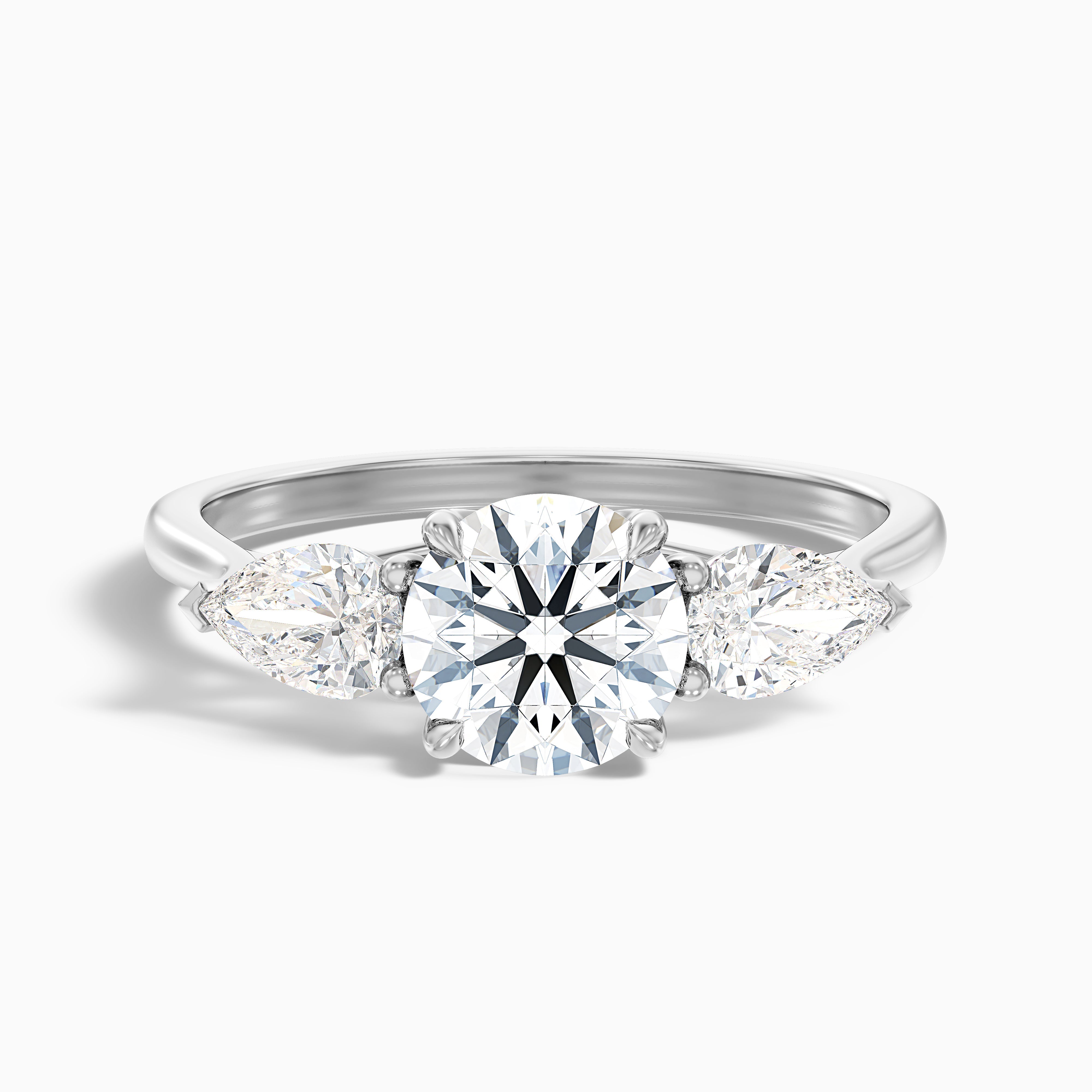 Customize Now
Customize Now
Lab Grown Diamonds Today: Modern Trends and Popularity
Lab grown diamonds are on fire right now because of their ethical and environmental benefits, not to mention affordability. It’s part of the bigger trend where people are going towards sustainability and ethical sourcing. People are choosing diamonds that don’t require mining which is great for reducing ecological harm and human rights issues.
These diamonds grown in a lab are conflict free and have a much smaller carbon footprint. And they’re more budget friendly – usually 30-70% cheaper than mined diamonds for the budget conscious buyer.
There are more lab grown diamonds in different shapes and colors than ever before. New shapes like emerald, pear and oval are becoming popular and colorful options in pink, yellow, blue and green are catching on too. Vintage inspired designs like Art Deco, Victorian and Edwardian are back in style blending classic with modern and ethical sourcing.
Many jewelers now offer customization services, so you can create pieces that truly reflect your style. The diamond market is booming, valued at$22.45 billion in 2022 and expected to hit $37.32 billion by 2028, fueled by rising consumer demand and tech advances in production.
Younger buyers especially in the US and Europe are choosing lab grown diamonds for their ethical and eco friendly benefits. This trend is spreading to India and China too. Lab grown diamonds are changing the jewelry game by offering a sustainable, affordable and customizable option to mined diamonds for all styles and budgets.
Future of Lab Grown Diamonds and Technology
As technology progresses, we'll see big improvements in how lab grown diamonds are made, their quality, and their affordability, making them an even more appealing option.
In 2023, the jewelry industry tracker Tenoris reported that natural and lab grown diamonds together snagged a 50% market share in the US, based on sales from 1,300 jewelry stores. Fast forward to July 2024, and lab-grown diamond jewelry alone makes up 10% of all finished diamond jewelry sales, according to data from 2,000 stores.
The data above shows that more and more people are choosing lab grown diamonds, and we have to say, the future for these diamonds is looking pretty exciting!
Some things are becoming clear, like the push for ethical and sustainable consumption, affordability, consumer acceptance and tech innovation. People are more aware of the environmental and social impact of their purchases and lab grown diamonds are a sustainable and ethical option vs mined.
According to recent reports, the prices have dropped by approximately 20% compared to 2023. As costs come down these diamonds are getting more affordable and more people can get in. Lab grown diamonds as a legitimate alternative are growing and that’s driving demand and growth.
Of course, there are challenges too. Some people still think lab grown diamonds aren’t as good as mined diamonds so changing that perception is key. We need clear regulations and standards to keep consumer trust and protect against fake products. Plus the traditional diamond industry isn’t going away and will compete.
In short, the future of lab grown diamonds is looking good with cool tech, changing consumer habits and growing acceptance. As tech advances, we’ll see big developments in how these ethically sourced gems are made, quality and affordability.
Conclusion
The story of lab grown diamonds is a cool journey of innovation and teamwork. Starting in the 1950s, these gems have evolved from humble beginnings to becoming a popular choice over mined diamonds. They’re a sustainable and ethical alternative for eco-conscious folks, jewelry lovers, and anyone into sustainable living.
Getting to know the history and tech behind lab grown diamonds helps us see how they can shake up industries and promote a sustainable future. Explore our collection of engagement rings now.


